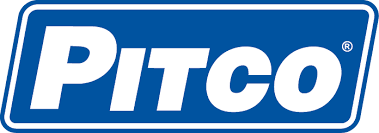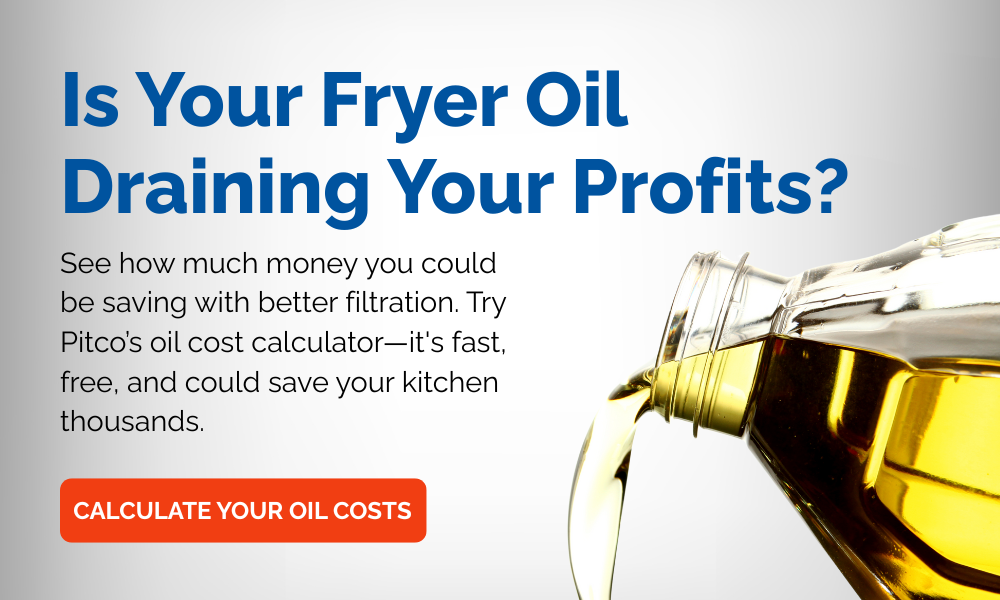

Reduce Costs, Boost Quality, and Simplify Operations
From rising oil prices to the labor it takes to keep fryers running, oil management is one of the most overlooked profit drivers in a commercial kitchen. The right approach can cut waste, improve food quality, and make life easier for staff.
Here are the essentials operators need, from understanding fryer oil to using the latest smart technology, to take control of their frying program and protect the bottom line.
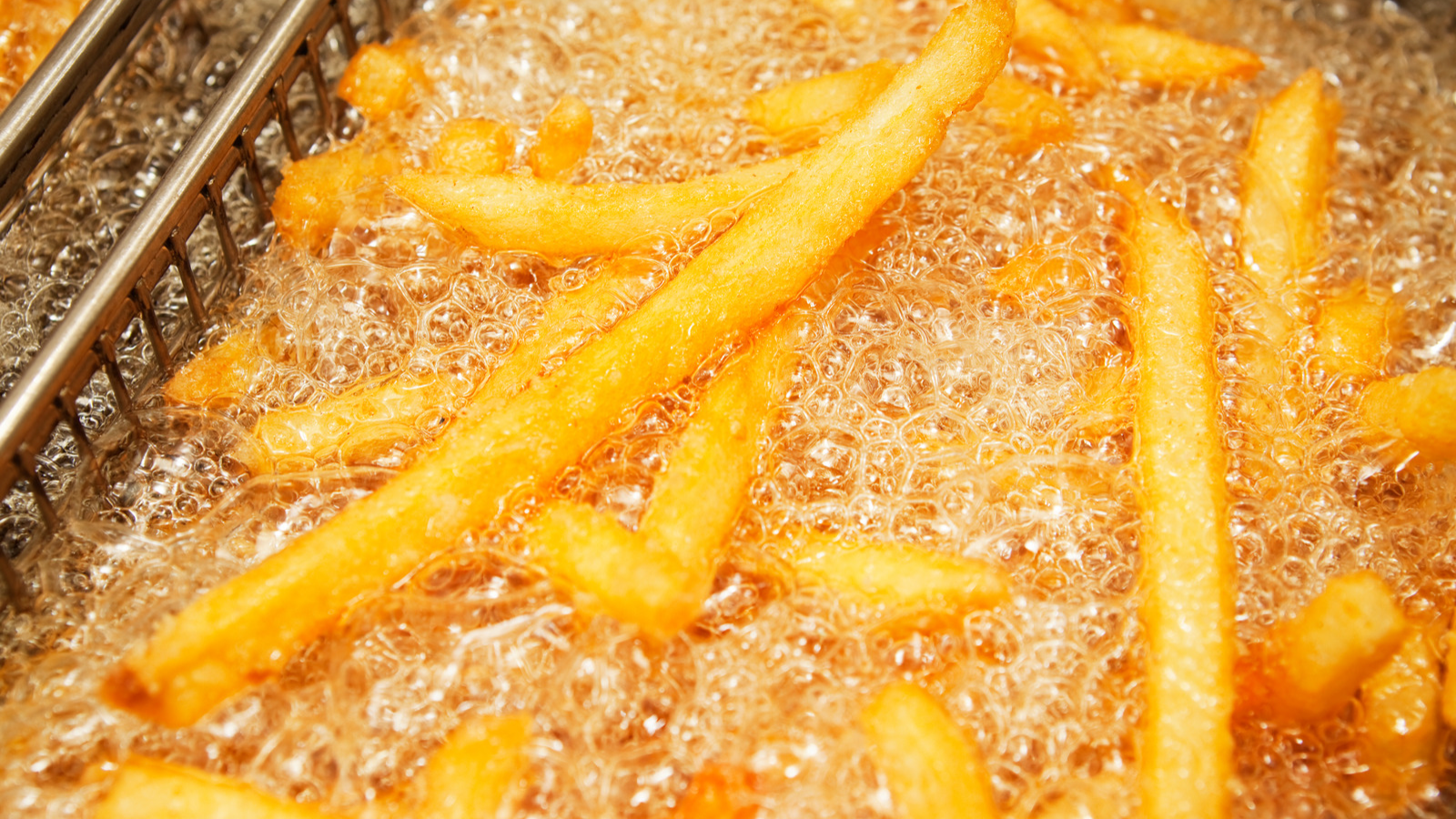
Know Your Oil – Types, Enemies, and Economics
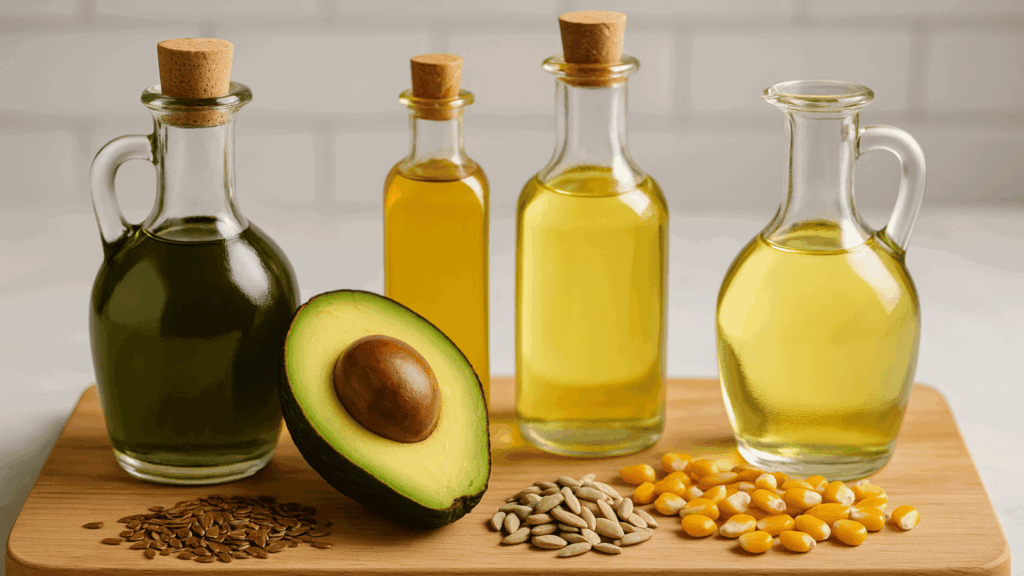 Knowing what is in the fryer is the foundation of great frying. Not all oils are created equal, and each type behaves differently under heat.
Knowing what is in the fryer is the foundation of great frying. Not all oils are created equal, and each type behaves differently under heat.
Popular Oil Choices and Performance
Some kitchens rely on canola for its neutral flavor, while others prefer peanut or blended oils for their higher smoke points. The choice affects taste, fry life, and cost
Enemies of Oil
Heat, water, food particles, salt, and even the wrong cleaning tools can break oil down faster than operators might expect. Once degradation starts, changes in food color, taste, and texture become noticeable — all signs that it is time to refresh or filter.
The Cost Conversation
Global events, tariffs, and supply chain disruptions continue to push cooking oil prices higher. Understanding the economics behind oil helps operators make smarter purchasing decisions and see the value in extending oil life.
Related Content
- 3 Popular Types of Oil Used in Commercial Deep Fryers
- Seed Oil‑Free Certification Is Making Waves In Foodservice
- 6 Enemies of Frying Oil (and How to Combat Them)
- The Real Reason Commercial Fryer Oil Isn’t Lasting
- Why Does Frying Oil Cost So Much?
- Rising Price of Cooking Oil
- How Global Events Shape the Cost of Cooking Oil
- The Ripple Effect of Oil Tariffs on Menu Prices
- Oil Prices and How World Events Affect Them
Filtration Fundamentals – Extend Life, Reduce Waste
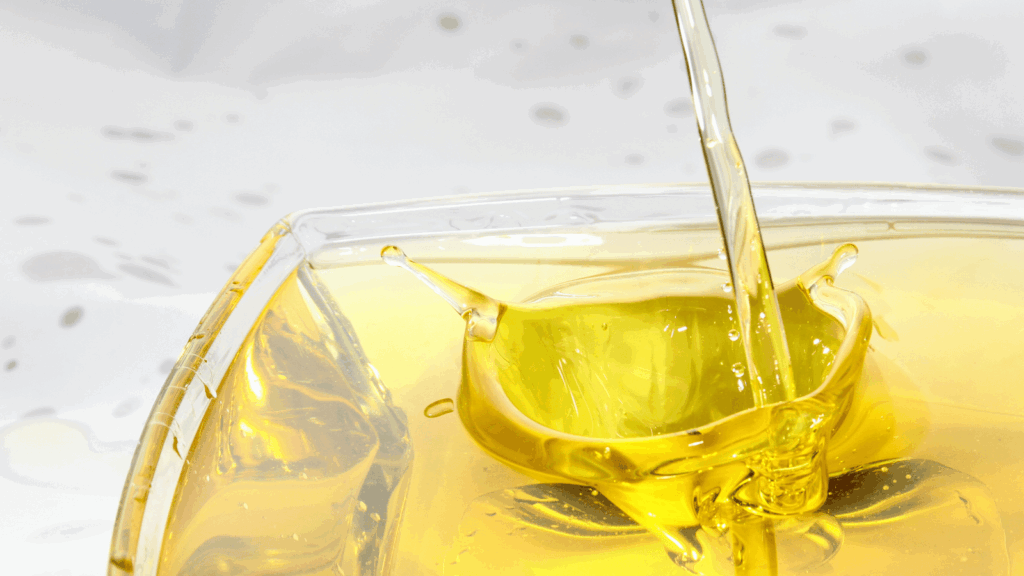
Staff often rate filtration as one of the least pleasant kitchen tasks, but with the right equipment, it can be fast, safe, and highly profitable.
Why Filtration Matters
Removing food particles and impurities keeps oil cleaner for longer. That means operations save money on oil and deliver better-tasting food to guests.
Best Practices
Regularly scheduled filtration, even for breaded or battered foods, can significantly slow degradation. Investing in systems that make the process simple encourages staff to keep up with maintenance.
Eliminating the “Worst Job” Stigma
Modern filtration systems remove the mess and hassle, turning a dreaded chore into a quick, streamlined step in the daily routine.
Related Content
- The Basics of Oil Filtration with Pitco
- Why Operators Think Oil Filtration Is a Waste
- Oil Filtration and Fresh Breaded Cooking
- Oil Filtration: Eliminate the Crappiest Job in the Kitchen
Smarter Management with Smart Tech
and Real-World Tactics

Technology is changing the way operators manage oil. From sensors that track quality in real time to IoT solutions that connect multiple fryers, Pitco fryer tools lead to more intelligent, profitable decisions.
Smart Oil Sensors
Features like Pitco’s SmartOil Sensors monitor Total Polar Materials (TPM), giving operators a clear, data-driven view of oil quality. This means no more guessing when to filter or change oil.
Cost-saving Strategies
In addition to innovative tools, small changes, like optimizing batch sizes or using oil-saving fryers, can significantly impact profitability.
Fighting Rising Oil Costs
With oil prices climbing, every drop matters. Combining technology with proven operational tactics can cut costs without sacrificing quality.
Related Content
- Optimizing Commercial Frying Oil Quality Using TPM and IoT Solutions
- A Closer Look at SOS SmartOil Sensors
- Fighting Rising Commercial Oil Prices with Smarter Filtration
- 8 Crazy Ways to Save Money on Frying Oil
- Cut Commercial Frying Oil Costs
- Kitchens Are Losing Money Because of Fryer Oil
- Investing in Oil Filtration Is a Cost‑Savings Move
- The Dollars and Cents Behind Oil Filtration
Equipment and Sustainability –
Long-Term Wins for the Kitchen

Choosing the right fryer and adopting sustainable practices is good for the planet and good for business.
Oil-saving Fryers
Low-oil-volume models from Pitco use less oil while maintaining cooking capacity, lowering both purchase and disposal costs.
Simplifying Recycling
Easy-to-use oil recycling solutions keep the kitchen clean, reduce safety risks, and help meet sustainability goals.
The Big Picture
Efficient equipment combined with a green strategy creates lasting cost savings and builds a positive brand image with customers who value environmental responsibility.
Related Content
